
Subscribe to our free Newsletter
💌 Stay ahead with AI and receive:
✅ Access our Free Community and join 400K+ professionals learning AI
✅ 35% Discount for ChatNode
Welcome to The AI Report!
.png)

How AI Research is Transforming Tomorrow's Innovations
Uncover the future of technology with cutting-edge AI research. Dive deep into innovative studies and breakthroughs driving the next wave of intelligent solutions.
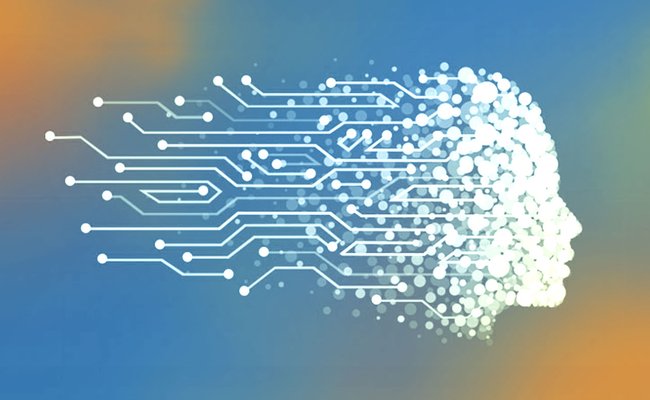

Artificial intelligence research stands at the epicenter of our technological revolution, fundamentally reshaping how we approach innovation across every sector of society. This dynamic field has evolved from theoretical concepts to practical solutions that now drive economic growth, solve complex challenges, and redefine human potential. The transformative power of AI research extends far beyond laboratory walls, creating ripple effects that touch healthcare, education, climate science, and countless other domains.
Understanding AI Research: The Foundation of Innovation
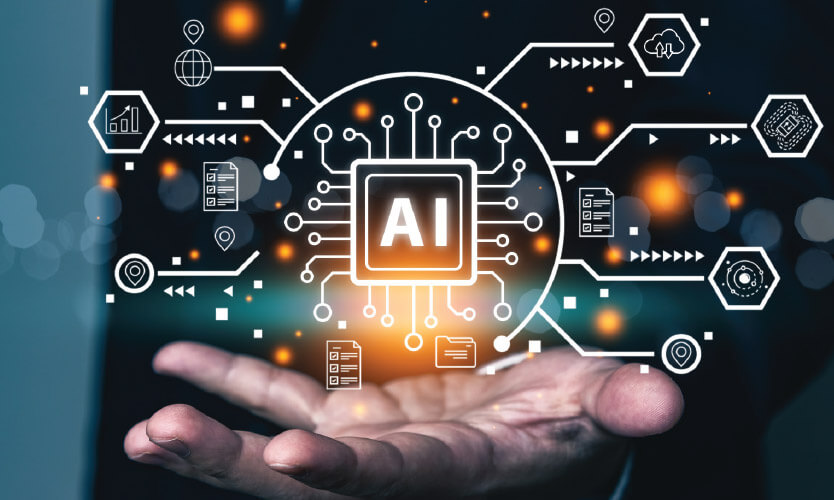
What is AI Research?
Definition and Importance in Today's World
AI research encompasses the systematic investigation and development of intelligent systems capable of performing tasks that traditionally require human cognition. These tasks span learning, reasoning, problem-solving, perception, and language understanding. Unlike conventional software development, artificial intelligence research pushes boundaries by creating systems that can adapt, improve, and make decisions autonomously.
The importance of this field cannot be overstated in today's interconnected world. Global private investment in AI reached $109.1 billion in the U.S. in 2024, demonstrating unprecedented confidence in AI's transformative potential. This massive investment reflects how AI research has become foundational for driving technological advancement, powering innovations across industries, and addressing complex societal challenges that seemed insurmountable just decades ago.
Modern AI research influences every aspect of our daily lives, from the recommendation algorithms that curate our digital experiences to the autonomous systems that manage energy grids and transportation networks. The field not only pushes the boundaries of what machines can achieve but also shapes how technology influences economic growth and global competitiveness.
Brief History and Evolution of AI Research
The journey of AI research began with early computer science explorations into automating reasoning and replicating aspects of human cognition. Pioneers in the field envisioned machines that could think, learn, and solve problems like humans, setting the stage for decades of groundbreaking research.
AI research has progressed through distinct phases, from basic symbolic reasoning systems to sophisticated models capable of learning from vast datasets. Early milestones included the development of rule-based expert systems, followed by the rise of machine learning algorithms that could identify patterns in data without explicit programming.
The evolution reflects both theoretical breakthroughs and advances in computational power. Today's AI systems benefit from decades of accumulated knowledge, more powerful hardware, and access to unprecedented amounts of data. This progression has enabled the creation of complex neural networks that can process natural language, recognize images, and make predictions with remarkable accuracy.
Types of AI Research
Basic vs. Applied Research
The landscape of AI research encompasses two complementary approaches that work together to drive innovation. Basic AI research seeks to deepen our understanding of fundamental principles, often focusing on theoretical models, algorithms, and the nature of intelligence itself. Researchers in this domain explore questions about learning, reasoning, and consciousness that may not have immediate practical applications but lay the groundwork for future breakthroughs.
Applied AI research translates these foundational insights into practical solutions, creating systems and tools that address real-world problems across industries like healthcare, finance, and education. This research focuses on making AI technologies accessible, reliable, and beneficial for specific use cases.
The synergy between basic and applied research ensures a continuous pipeline from conceptual discovery to tangible innovation. Academic research efforts often focus on fundamental questions, while industry labs typically emphasize practical applications that can be deployed at scale.
Emergent Areas: Machine Learning, Neural Networks, and Robotics
Contemporary AI research has spawned several dynamic subfields that continue expanding the frontiers of possibility. Machine learning has become central to modern AI research, enabling systems to improve performance through experience and data analysis rather than explicit programming. These algorithms form the backbone of everything from recommendation systems to autonomous vehicles.
Neural networks, inspired by biological brain structures, drive advances in pattern recognition, language processing, and autonomous decision-making. These interconnected processing units can identify complex relationships in data that would be impossible for humans to detect manually. Modern neural architectures like transformers have revolutionized how machines understand and generate human language.
Robotics represents another frontier where AI research combines intelligence with physical capability. Modern robots equipped with AI can navigate complex environments, manipulate objects with precision, and interact naturally with humans. This integration of artificial intelligence research with mechanical engineering creates autonomous agents capable of performing tasks in manufacturing, healthcare, and exploration.
The Current Landscape of AI Research
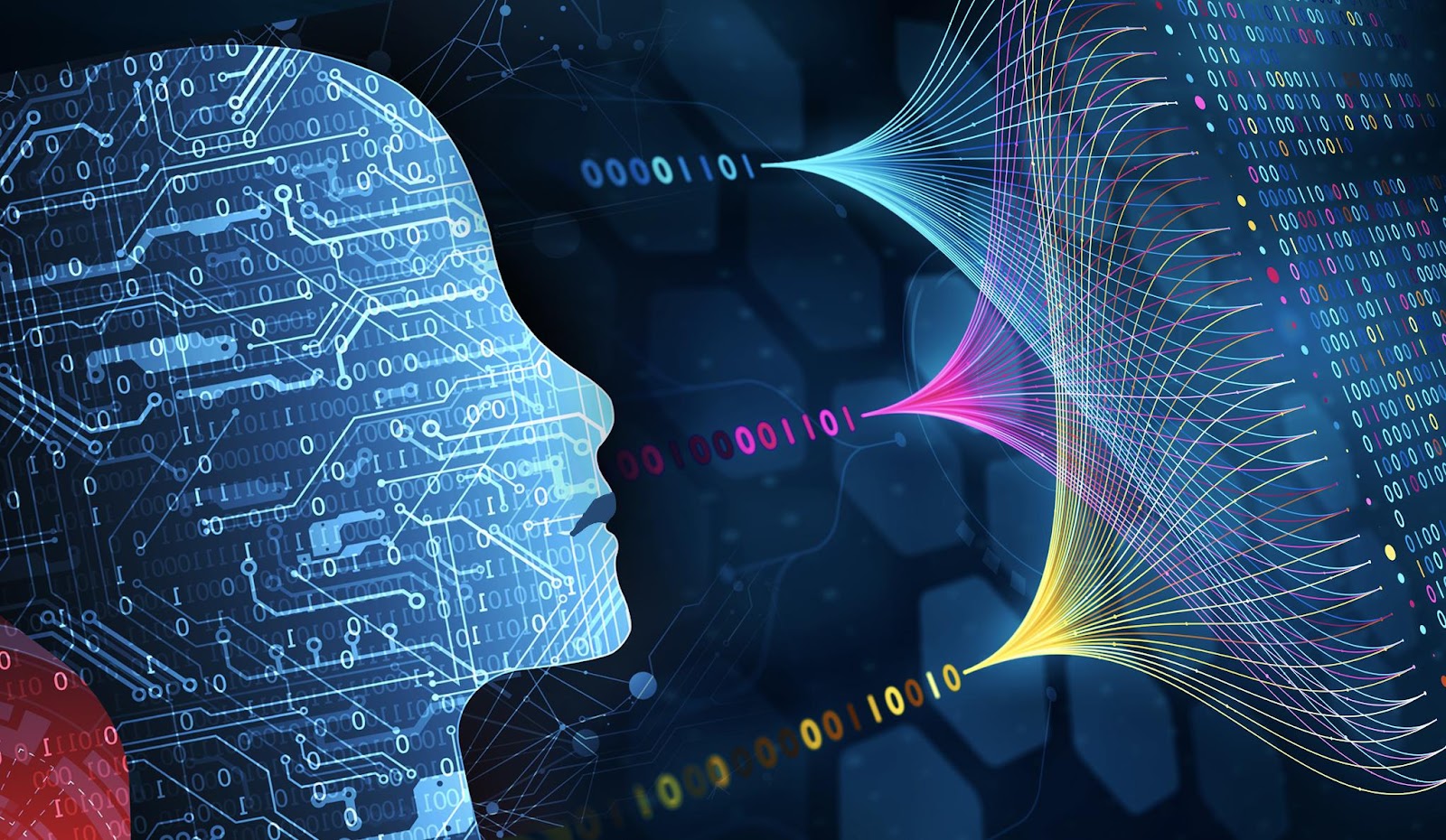
Key Players in AI Research
Major Tech Companies and AI Labs
The current ecosystem of AI research involves major technology companies operating dedicated research laboratories that invest billions in advancing AI capabilities. These organizations contribute significantly to both theoretical advancements and the development of widely deployed AI-powered products and platforms.
Google's research initiatives have made substantial contributions to natural language processing and computer vision, while OpenAI continues to push boundaries in large language models and AI alignment. Their research teams collaborate across interdisciplinary boundaries, accelerating innovation and the deployment of cutting-edge AI technologies. Private investment in generative AI soared to $33.9 billion worldwide in 2024, highlighting the massive resources flowing into this space.
These corporate research labs often bridge the gap between academic discovery and commercial application, ensuring that breakthrough research translates into products and services that benefit society. The competition among these organizations drives rapid advancement and pushes the entire field forward.
Leading Academic Institutions and Their Contributions
Universities and research institutions remain at the forefront of foundational AI discoveries, fostering rigorous inquiry and training the next generation of researchers. MIT CSAIL maintains its position as the global leader in AI and computing research, regularly producing advances in foundation models and robust AI systems used across industry.
Carnegie Mellon University ranks second globally for AI research, continuing its legacy in robotics and autonomous systems with notable work in embodied AI and human-robot interaction. The institution focuses on practical deployments in self-driving technology and real-world AI applications.
Stanford Institute for Human-Centered AI (HAI) has gained recognition for cross-disciplinary advances in healthcare AI, AI safety, and policy development. The institute's collaborative approach brings together computer science, medicine, and law to address the broader implications of AI development.
These academic powerhouses provide the theoretical foundation that enables practical applications, often exploring questions that may not have immediate commercial value but are crucial for long-term progress. The partnership between academia and industry creates a robust ecosystem that promotes knowledge sharing and ensures a holistic approach to AI development.
Global Collaborations and Ethical Considerations
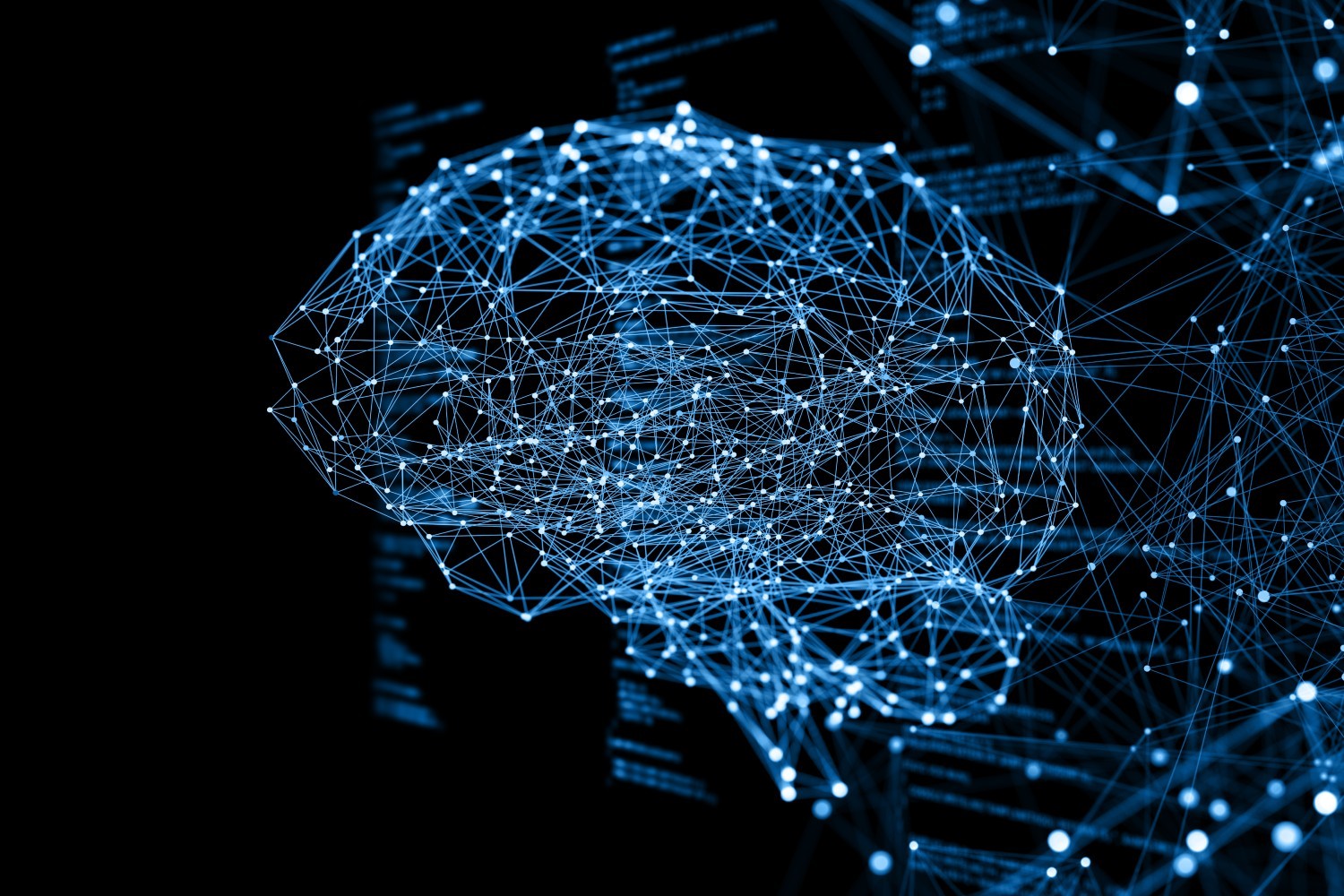
International Partnerships and Cultural Impact
AI research transcends national boundaries, with international collaborations fostering the exchange of ideas, resources, and expertise across cultures and continents. Global collaborations expanded via the U.S. National Artificial Intelligence Research Institutes program, which invested substantial resources in partnerships across public, private, and academic sectors.
Cross-border initiatives help address challenges that no single nation can solve independently, such as developing AI systems that understand diverse languages and cultural contexts. These collaborative efforts enhance the inclusivity and global relevance of AI solutions, ensuring that technological progress benefits people worldwide.
International partnerships also facilitate the sharing of best practices for responsible AI development, helping establish common standards and ethical frameworks that guide research efforts globally.
Ethics and Responsible AI Development
Ethical considerations have become increasingly integral to AI research, emphasizing fairness, transparency, accountability, and the prevention of harm. Researchers now routinely consider the societal implications of their work, developing frameworks to assess potential risks and benefits.
Responsible AI development involves ongoing dialogue among researchers, policymakers, and stakeholders to align technological progress with societal values. This includes addressing concerns about algorithmic bias, privacy protection, and the potential displacement of human workers.
Emerging frameworks for assessing the moral implications of advanced AI systems represent a new frontier in research, as scientists grapple with questions about machine consciousness and the rights of artificial entities.
Funding and Resources for AI Research
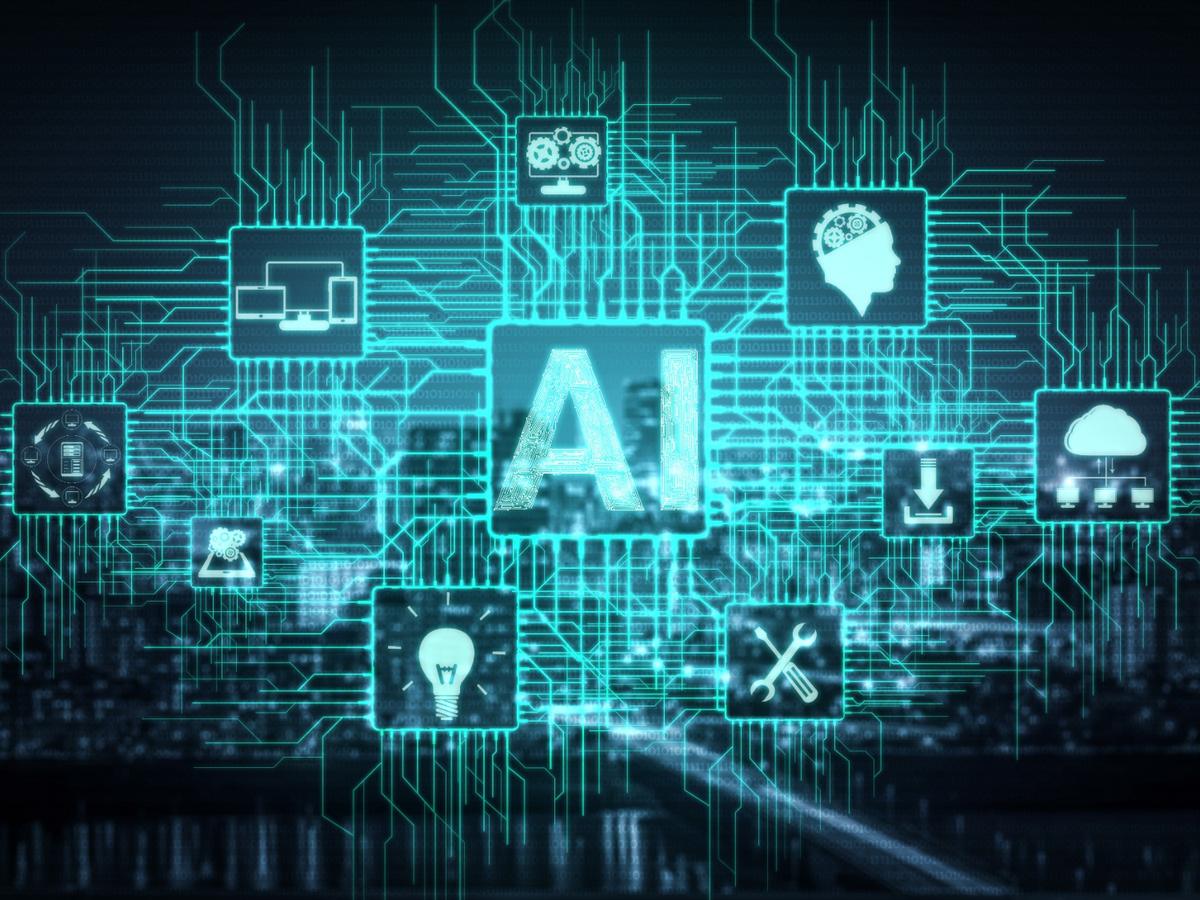
Venture Capital and Government Funding
The financial foundation of AI research comes from diverse sources, with both private and public sectors recognizing the strategic importance of investing in this technology. U.S. federal AI and IT R&D funding saw a cumulative increase of $2.8 billion from 2021 to 2025, demonstrating sustained government commitment to maintaining leadership in this critical field.
Venture capital investment complements government funding, particularly for applied research that can be commercialized. The combination of public and private funding enables research at different scales, from fundamental studies exploring the nature of intelligence to practical applications addressing specific industry needs.
This diversified funding landscape ensures that AI research tools and methodologies continue advancing across multiple fronts, from theoretical breakthroughs to practical implementations that solve real-world problems.
Open Access Resources and Tools
The democratization of AI research through open-source tools, datasets, and publications has accelerated progress across the entire field. Platforms that facilitate sharing code, models, and research findings enable a broader community of researchers to contribute and innovate, regardless of their institutional affiliation or resources.
Open access initiatives bridge gaps between established institutions and emerging researchers, promoting a more equitable research ecosystem. This transparency fosters collaboration, enables reproducibility, and accelerates the pace of discovery by allowing researchers to build upon each other's work more effectively.
The availability of powerful AI research tools through open-source platforms has enabled smaller institutions and individual researchers to make significant contributions to the field, expanding the diversity of perspectives and approaches in AI research.
Pushing Boundaries: Notable Advances in AI Research

Breakthroughs and Innovations
Revolutionary Advances in Natural Language Processing and Beyond
The past year has witnessed transformative breakthroughs that showcase AI research moving from theoretical concepts to practical solutions with measurable impact. OpenAI's GPT-4 and its successors continue to redefine natural language processing, attaining new levels of human-like text understanding and generation that significantly enhance customer service, search engines, and content creation.
These advances represent more than incremental improvements. The models offer more accurate, context-aware, and coherent outputs, driving widespread adoption across sectors and fundamentally changing how businesses approach automation and customer interaction.
Beyond language processing, Microsoft Research's AI2BMD system represents a major milestone in computational biology. This AI-driven biomolecular simulation system allows researchers to simulate biomolecular dynamics with unprecedented speed and precision, unlocking new capabilities in protein design, enzyme engineering, and the discovery of life-saving drugs.
Amazon's introduction of powerful agentic AI tools capable of executing complex, multi-step business processes with minimal human oversight marks another significant breakthrough. These agents operate across applications, adapt to changing conditions, and autonomously make decisions, potentially revolutionizing industries by reducing operational overhead and accelerating organizational innovation.
Advances in Computer Vision and Cybersecurity Applications
AI-driven computer vision systems now rival or surpass human performance in image classification, object detection, and scene understanding across numerous applications. These improvements stem from advances in neural network architectures and training methodologies that have expanded the capabilities of image and video analysis far beyond simple recognition tasks.
Google's Big Sleep system represents a significant technological achievement in digital security, using advanced AI for cyberdefense that specifically targets the exploitation of unused domains. By analyzing domain behavior and flagging suspicious changes, it proactively protects large digital ecosystems against phishing and malware attacks before they can escalate.
AI systems now achieve human-level or better accuracy in image and speech recognition, especially for healthcare applications such as early detection of diabetic retinopathy and cancer. The FDA's approval of hundreds of AI-enabled medical devices exemplifies how AI-guided tools are transforming patient care with earlier and more reliable diagnostics.
AI in Real-World Applications

Transformative Impact in Healthcare and Medicine
Healthcare represents one of the most impactful applications of AI research, where technological advances directly translate into improved patient outcomes. Real-world implementations demonstrate the concrete benefits of AI research moving from laboratory to clinic.
University of Rochester Medical Center's partnership with Butterfly Network showcases the measurable impact of AI-powered ultrasound devices. After distributing over 860 devices across key medical groups, the health system achieved a 116% increase in ultrasound charge capture, a 74% increase in scanning sessions, and a threefold increase in ultrasounds sent to electronic health records.
Mayo Clinic's collaboration with IBM Watson Health demonstrates how AI-driven analytics can guide targeted therapies, particularly in oncology. Patients following AI-recommended treatments showed higher response rates and longer progression-free survival compared to standard care, while also experiencing fewer adverse reactions and reduced unnecessary procedures.
Moorfields Eye Hospital's implementation of DeepMind's AI for processing over 5,000 weekly optical coherence tomography eye scans has enabled faster detection and greater accuracy in diagnosing sight-threatening diseases. This automation allows clinicians to prioritize urgent cases, improving treatment timelines and reducing rates of preventable vision loss.
The market reflects this transformative potential, with the global AI in healthcare market projected to grow by 42% in 2024, reaching $32.3 billion and forecasted to exceed $208.2 billion by 2030. 86% of healthcare organizations report extensive use of AI as of early 2025, reflecting mainstream adoption across the healthcare sector.
Tackling Climate Change and Innovation Acceleration
Environmental challenges represent another frontier where AI research demonstrates its potential for positive societal impact. Climate modeling and weather prediction benefit from AI's ability to process complex environmental data and identify patterns that human analysts might miss.
AI-driven systems are being deployed for monitoring deforestation and biodiversity loss using satellite imagery and computer vision, providing faster and more actionable insights for sustainability initiatives. These applications demonstrate how AI research in environmental science can translate into practical tools for conservation and climate action.
Mayo Clinic's internal AI accelerator illustrates how institutions can systematically approach AI innovation. By de-identifying data from over 10 million patients and providing it to internal and external developers under ethical guidelines, the clinic has fostered the development of 250 AI algorithms for clinical decision support, imaging, and operational optimization, while launching 40 health-tech startups using this data.
Overcoming Challenges in AI Research
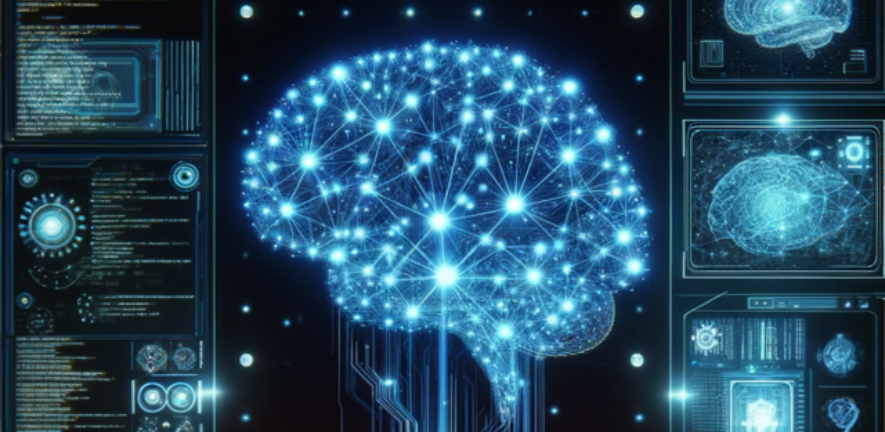
Technical Hurdles and Limitations
Data Privacy and Security Concerns
One of the most significant challenges facing AI research today involves ensuring the privacy and security of data used in training and deploying AI systems. This challenge has become particularly acute with the rise of restrictions on publicly available web data for AI training, as the proportion of data in key training datasets restricted for use has jumped sharply in recent years.
Data privacy regulations and web-scraping restrictions now represent a top challenge for ensuring that AI models have access to sufficiently varied and unbiased data. Researchers are developing techniques such as anonymization, secure data sharing, and privacy-preserving machine learning to mitigate these risks while maintaining the effectiveness of AI systems.
The balance between innovation and robust data protection remains an ongoing area of focus, requiring constant attention as both technology and regulations evolve. This challenge affects not only the development of new AI systems but also the reproducibility and validation of existing research.
Algorithmic Bias and Fairness
Algorithmic bias represents a central challenge in AI research, particularly as these systems are deployed in sensitive applications such as finance, healthcare, and government services. AI systems can inadvertently perpetuate or amplify biases present in training data, raising serious concerns about fairness and equity in automated decision-making.
Research into bias detection, mitigation strategies, and transparent evaluation metrics has become essential for building trustworthy AI systems. Governments and institutions increasingly emphasize the use of ethics boards, transparency laws, and frameworks such as "constitutional AI" to promote fairness, accountability, and non-discrimination.
Addressing these issues requires ongoing vigilance and represents a critical area where peer review processes play essential roles in maintaining standards. The challenge extends beyond technical solutions to encompass broader questions about how AI systems should be designed, deployed, and governed.
Managing Expectations vs. Reality
Public Perception vs. Scientific Potential
A persistent challenge in AI research involves managing the gap between public expectations of AI capabilities and the current state of scientific progress. Media coverage and popular culture often present AI as either miraculous or threatening, creating unrealistic expectations that can hinder productive development and deployment.
Effective communication about the limitations, possibilities, and responsible use of AI has become crucial for fostering informed public discourse. Researchers increasingly recognize their responsibility to explain their work clearly and honestly, helping the public understand both the potential benefits and the current limitations of AI technology.
Managing hype and setting realistic expectations supports sustainable innovation and public trust, which are essential for continued investment and social acceptance of AI research. This communication challenge requires researchers to engage with media, policymakers, and the general public in ways that go beyond traditional academic publication.
Navigating Regulatory Landscapes
The regulatory environment for AI research has become increasingly complex, with U.S. federal agencies introducing 59 AI-related regulations in 2024, more than doubling from the previous year. Similar regulatory activity is occurring worldwide, creating a patchwork of requirements that researchers and developers must navigate.
Frequent regulatory changes and a lack of harmonization between jurisdictions create significant compliance challenges for AI researchers and developers. Ensuring explainability, privacy, and adherence to local and international regulations requires major organizational investment and constant vigilance.
Collaboration between researchers, industry, and regulators has become necessary to shape policies that enable innovation while ensuring accountability. This ongoing dialogue helps create frameworks that protect public interests without stifling the research that drives technological progress.
The Future of AI Research: Visions and Opportunities

Promising Directions and Emerging Trends
The Integration of AI with Quantum Computing
The convergence of AI and quantum computing represents one of the most exciting frontiers in contemporary research, holding promise for solving problems that remain intractable for classical computers. Research explores new algorithms and models that leverage quantum properties to enhance learning, optimization, and simulation capabilities.
This integration could unlock transformative advances across science, engineering, and industry by enabling AI systems to process information in fundamentally new ways. Quantum-enhanced machine learning algorithms might solve optimization problems, simulate complex molecular interactions, or process vast datasets with unprecedented efficiency.
While still in early stages, the intersection of quantum computing and artificial intelligence research attracts significant attention from both academic institutions and major technology companies, suggesting that breakthrough applications may emerge within the next decade.
Fostering Human-AI Collaboration
Future AI systems are increasingly envisioned as partners that augment human capabilities rather than simply automating existing tasks. Research focuses on creating intuitive interfaces, transparent decision-making processes, and adaptive systems that align with human goals and values.
This collaborative approach recognizes that the most powerful applications of AI often emerge when human creativity and intuition combine with machine processing power and pattern recognition. Current research efforts explore how to design systems that enhance human decision-making in complex domains like scientific research, creative endeavors, and strategic planning.
Enhancing synergy between humans and AI will likely expand the scope and impact of technological innovation by creating hybrid intelligence systems that leverage the unique strengths of both biological and artificial intelligence.
Inspiring the Next Generation of AI Researchers
Education and Training Opportunities
The future of AI research depends on cultivating talent through comprehensive educational programs and accessible online resources. The global AI in education market is projected to reach $5.57 billion in 2024 and $7.77 billion in 2025, reflecting massive investment in AI-related education and training.
Two-thirds of countries now offer or plan to offer K–12 computer science education, double the number from 2019, demonstrating global recognition of the importance of early exposure to computational thinking and AI concepts. However, 81% of U.S. K–12 CS teachers believe AI should be foundational in computer science education, but less than half feel equipped to teach it, highlighting the need for better teacher preparation.
Interdisciplinary curricula and hands-on experiences prepare aspiring researchers to tackle complex, real-world challenges that require expertise spanning multiple domains. The emphasis on continuous learning reflects the rapidly evolving nature of the field and the need for researchers to adapt to new methodologies and applications throughout their careers.
Encouraging Diversity in AI Research Fields
Efforts to broaden participation in AI research recognize that diverse perspectives enhance creativity, problem-solving, and the societal relevance of research outcomes. Initiatives supporting underrepresented groups aim to create a more inclusive and equitable research community that reflects the diversity of populations that AI systems will serve.
Academia remains the leading source for highly cited AI research, supporting ongoing efforts to foster diversity and inclusivity within foundational AI work. This academic leadership position provides opportunities to influence the direction of the field through inclusive research practices and mentorship programs.
Fostering diversity enhances not only the fairness of the research community but also the quality and relevance of AI innovations. Different backgrounds and perspectives contribute to identifying blind spots, challenging assumptions, and developing solutions that work effectively across different cultural and social contexts.
The transformation occurring in AI research today will shape the technological landscape for generations to come. The global AI market is valued at $391 billion as of 2025 and is projected to reach $1.81 trillion by 2030, with a compound annual growth rate that outpaces previous technological booms. This growth reflects not just financial opportunity but the recognition that AI research holds keys to solving humanity's most pressing challenges.
The convergence of theoretical breakthroughs, practical applications, and ethical considerations creates unprecedented opportunities for researchers who are willing to think beyond traditional boundaries. Whether developing systems that enhance human capability, creating tools that address climate change, or pioneering new frontiers in quantum-enhanced AI, today's researchers are literally building tomorrow's world.
Success in this dynamic field requires not only technical expertise but also the wisdom to navigate complex ethical considerations, the communication skills to bridge academic and public understanding, and the vision to see how individual research contributions fit into the larger tapestry of human progress. The future belongs to those who embrace both the tremendous potential and the profound responsibility that comes with advancing artificial intelligence research.



